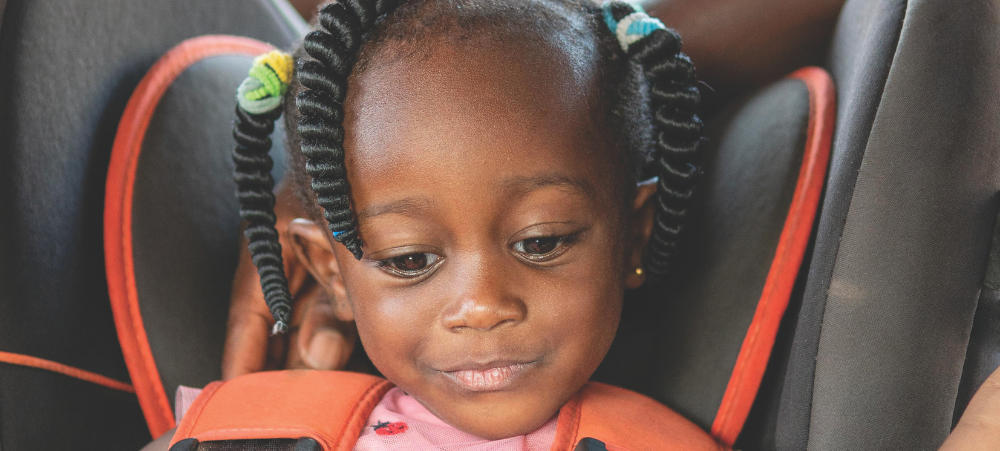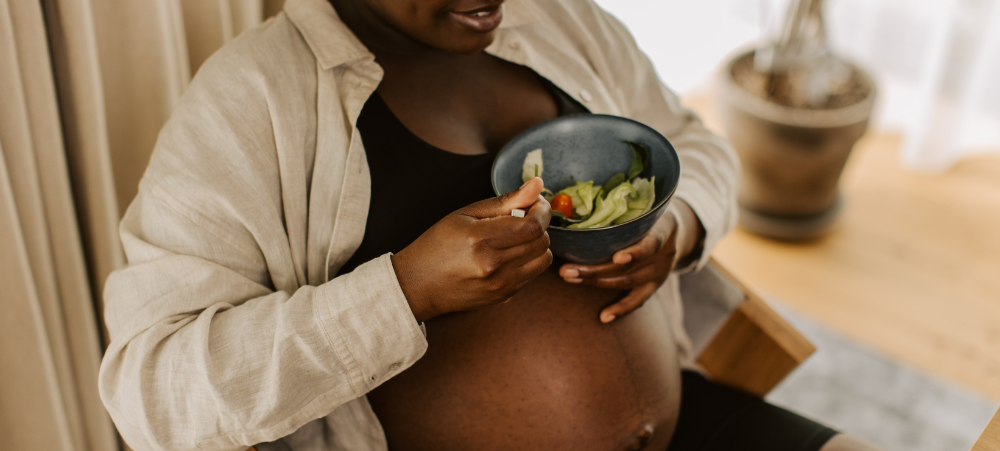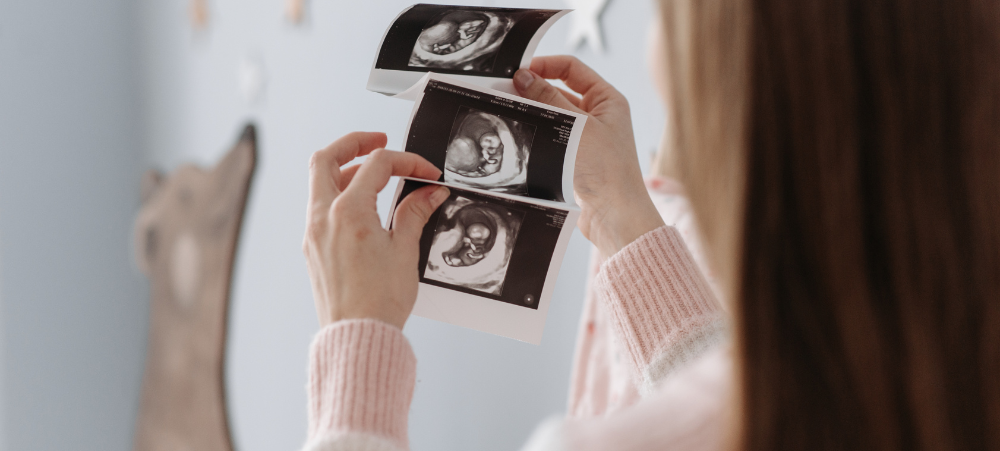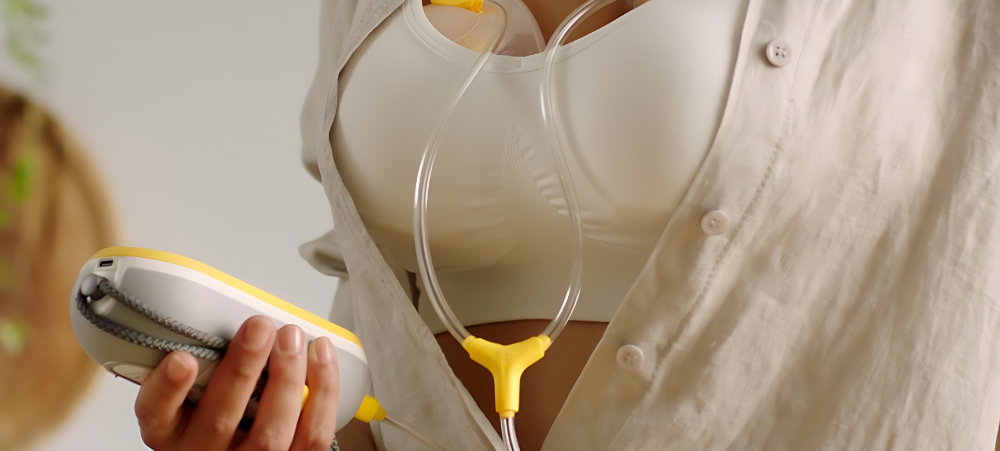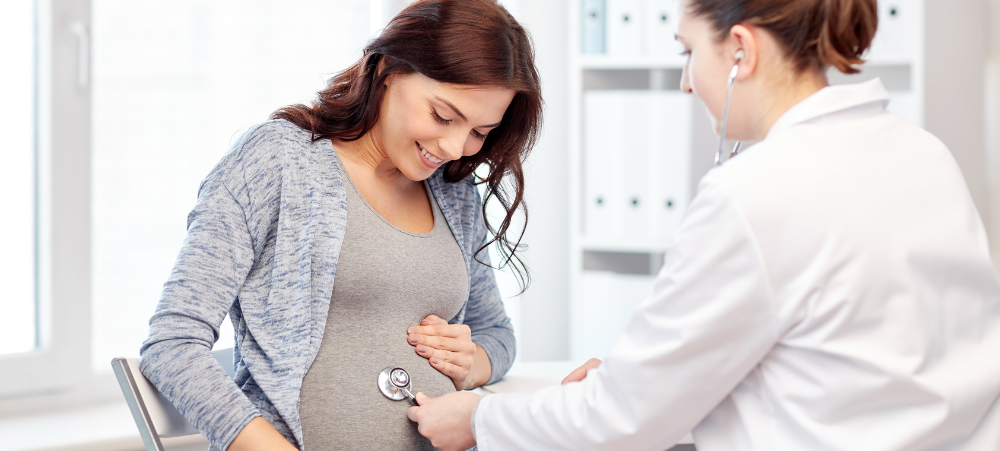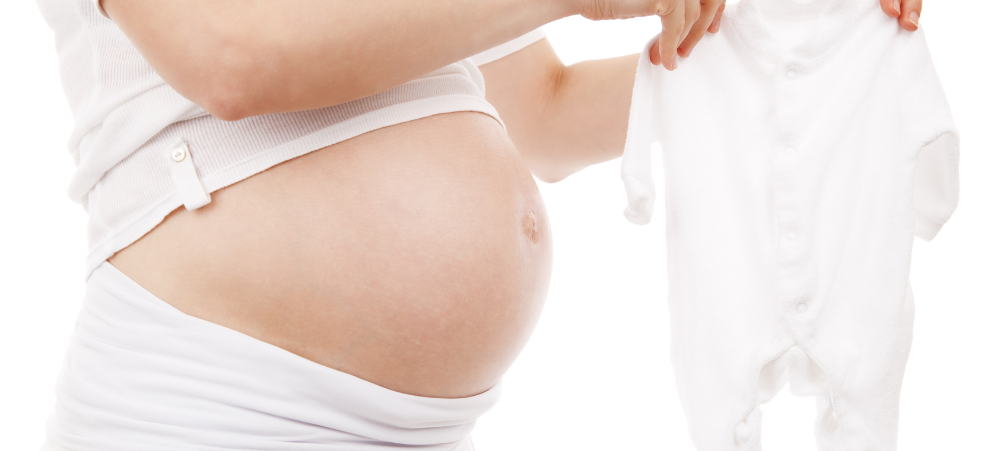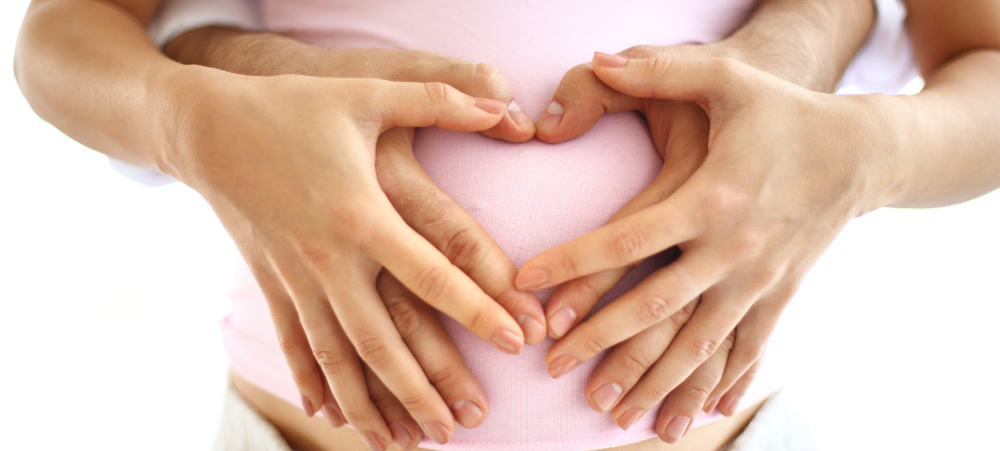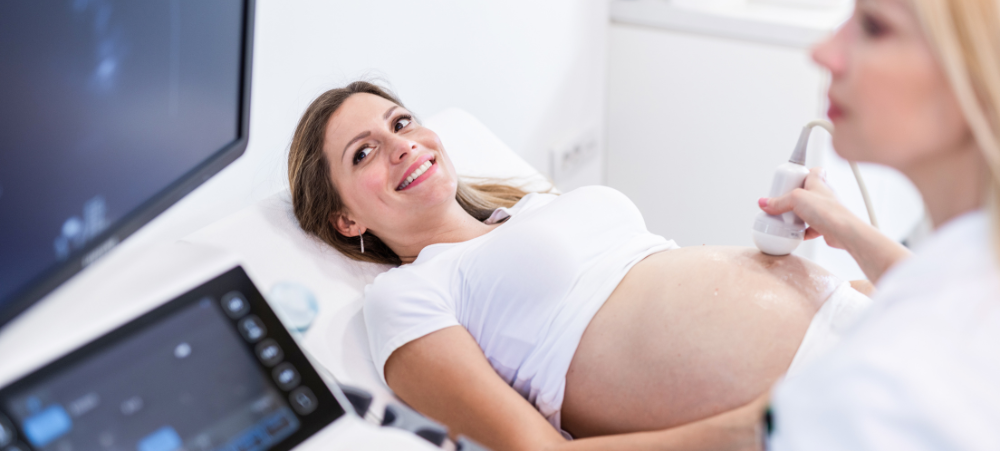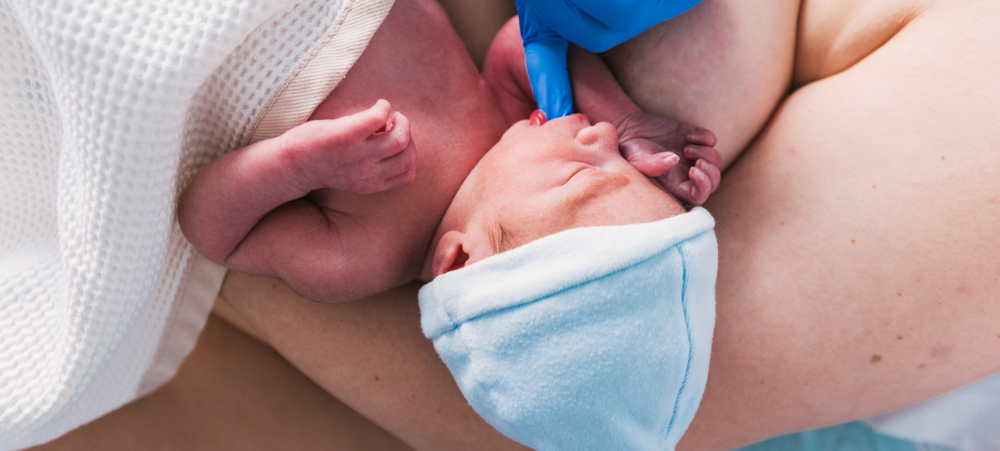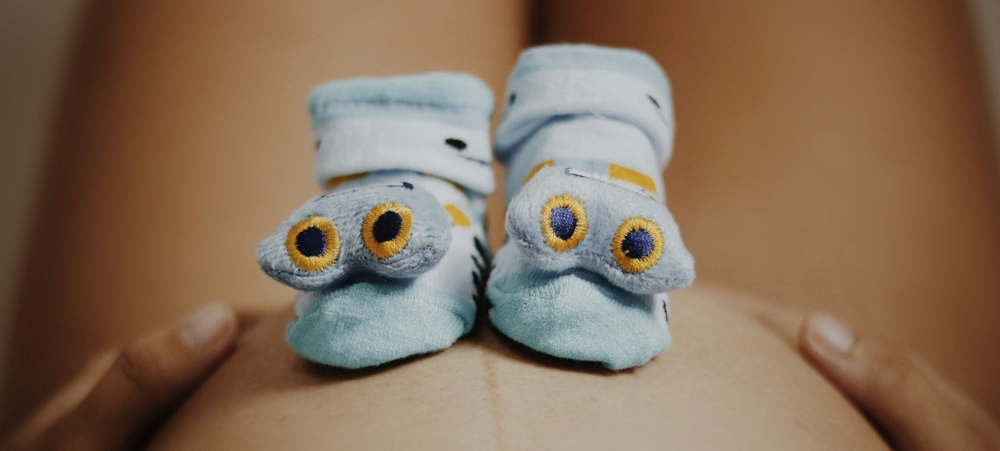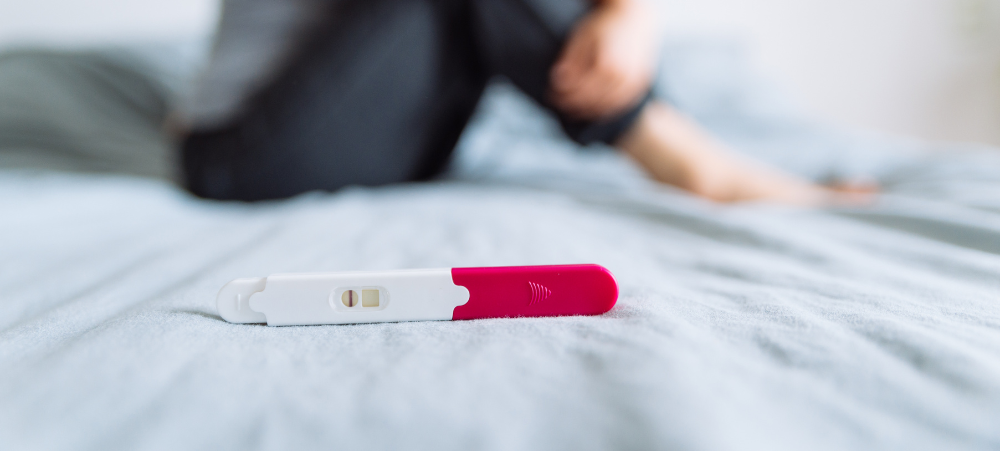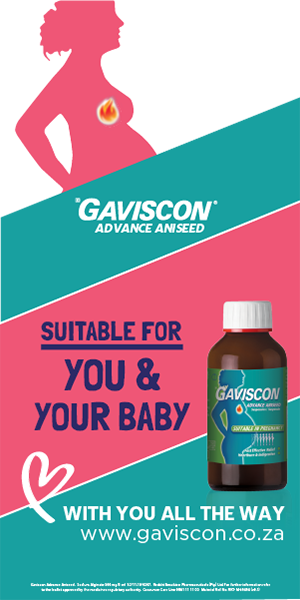During the birthing season, South African storks are on overtime duty due to the high number of babies being born. With South Africa having a collective ‘baby brain’, Lee Hancox, Head of Channel and Segment Marketing at Sanlam, shares some of the biggest financial planning considerations to factor in pre-, during- and post pregnancy. She says, “It’s pivotal to have a holistic plan upfront that you draw up in consultation with your partner, employer, medical aid provider and financial adviser. Preparing for some of the biggest costs is a major factor in ensuring peace of mind, now and later. We outline some of the expenses to consider, but naturally, the exact amounts will vary depending on whether you’re opting for public or private services, your medical aid option, as well as the specific providers you use.” Before Conception: Medical Aid Preparation: Secure adequate medical aid coverage well in advance to account for pregnancy-related expenses. Be sure to consider potential waiting periods (medical aid and gap cover often only ‘kick in’ for pregnancy after 12 months) and coverage limitations. Allocate funds for medical consultations and prenatal supplements like folate. Everyone has a different pregnancy journey, and you may need to budget for various fertility treatment options, from ovarian stimulation medications and intrauterine insemination (up to R10 000) to in vitro fertilisation (IVF). IVF can cost anything up to R100 000 per cycle including R90 000 for the procedure and medication, with an additional R10 000 based on how many embryos you have to freeze (approximately R1 500 per straw. To be safe, budget up to R100 000 for IVF. During Pregnancy: First trimester: In the first trimester, women often underestimate the significant impact pregnancy can have on both their physical and emotional well-being. During your initial doctor’s visit, expect a series of tests to monitor your health and the baby’s growth. These tests may not be covered by medical aid and can incur substantial costs (up to R2 500 or more), encompass evaluations for blood pressure, blood glucose, German measles, and your first sonar scan. Checklist: Find a gynaecologist whom you feel comfortable with and ensure their services are competitively priced. Make sure they’re aligned with your preferred birth plan – some obstetricians are more specialised in C-sections than natural birth, for example. Antenatal consultations, depending on the provider, may range up to R2 500 for essential appointments, with intermittent ones potentially costing up to R850 – or more. Familiarise yourself with your medical aid’s maternity benefits. Begin saving for significant expenses such as prams and baby cots, which can range from R500 to R10 000 each. Consider exploring second-hand options for potential savings. The second-hand ‘mom’ marketplace is massive and worth tapping into. Your doctor may recommend starting additional supplements like omega-3, calcium, and multivitamins during this trimester. Specific pregnancy-designed products can cost up to R350 for a month’s supply. In addition, it’s crucial to conduct thorough research on maternity benefits and hospital/gynaecologist options. Some maternity wards offer hospital tours, allowing parents to assess facilities and inquire about specific policies. Questions regarding the presence of birth partners during delivery or overnight stays for assistance should be addressed. Understanding hospital rules and legal requirements, such as the necessity of a baby car seat before leaving with your newborn, is essential. Furthermore, signing up for baby programs offered by medical aids, hospitals, and stores can provide valuable resources and discounts. Additionally, it’s advisable not to stock up excessively on baby essentials before the baby arrives, considering potential sensitivities and the need for adjustments. Second Trimester: As you start hopefully getting over the morning sickness stage, use your extra energy to get your affairs in order. Review your long-term financial plans including updating your will, revisiting your estate planning and appointing a guardian, adjusting your life cover, and establishing education funds. In this trimester, you can also opt for additional test for foetal anomalies like Down’s Syndrome. These often fall outside medical aid limits and can cost up to R2 400. Checklist Chat with your HR manager to ensure you fully understand your maternity benefits. Prepare to claim for UIF. Depending on your company’s policy, you can expect to receive only a portion of your gross salary for a maximum of four months (there are agencies that can help with the admin for your UIF). Start staggering your baby purchases. Ask close ‘parent’ friends which items they found essential and try to stick to these. Third Trimester: Now’s the time to start to budget for maternity leave, living expenses, and final baby preparations, including attending antenatal classes and finalising birth plans. Checklist: Understand medical aid coverage for hospital stays and any potential out-of-pocket expenses for upgraded amenities, such as a private room. Consider attending antenatal classes to learn important information and make new ‘parent-to-be’ friends. Find a certified doula you feel comfortable with and trust, if you want a non-clinical birth companion to be by your side, during the birth and in the weeks leading up to and after it. This can cost R3 000 or more. Book your birth with your desired hospital and start filling in all the requisite paperwork. Just before birth: It’s wonderful to have a birth plan, but remember to account for curveballs, like your baby’s health and the potential need to switch to a C-section. Make sure your birth team know your desired birth plan but have budget set aside for ‘curveballs’. For example, a vaginal birth in a private hospital will cost about R20 000, while a caesarean costs R25 000 and an emergency caesarean, potentially more. This is very important when specialists charge above medical aid rates. Speak to your obstetrician and make sure you know the rates upfront, and whether he or she offers any discounts if you do not have gap cover, for example. Prepare financially for additional costs, like an extended hospital stay and extra care for your baby if he or she has jaundice, for example. Pack your baby bag and keep it simple!





